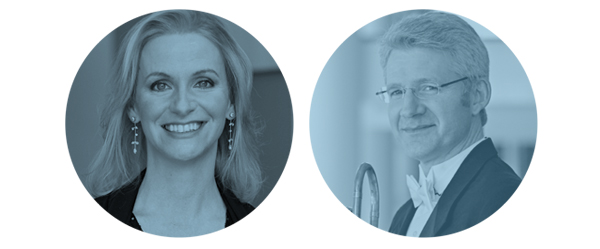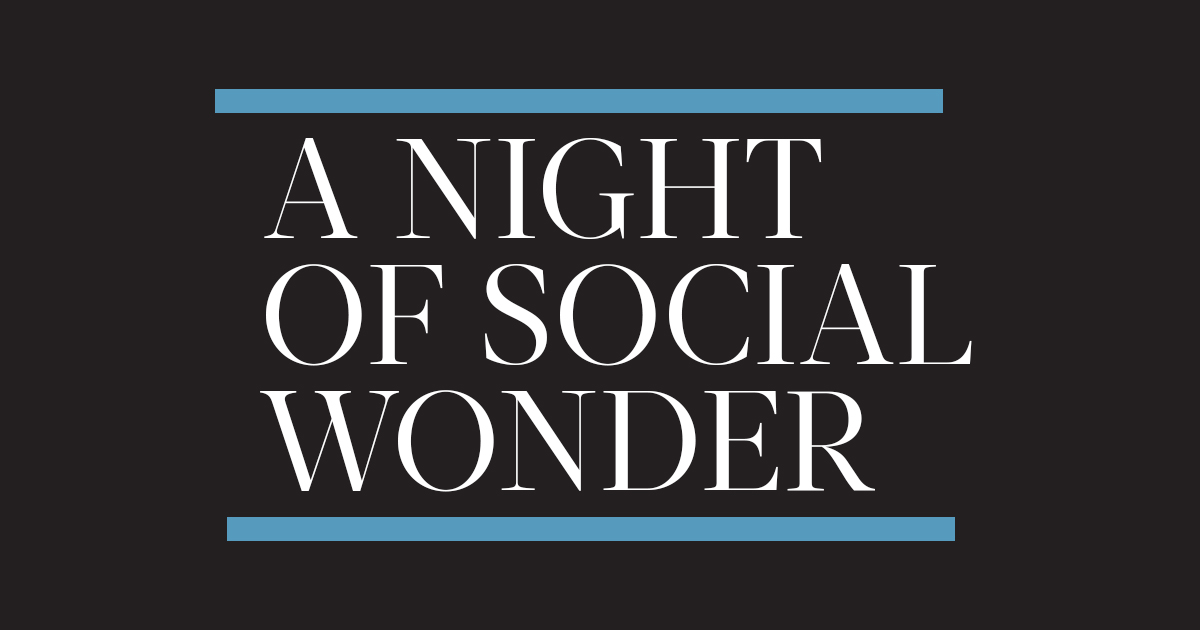
The American Swedish Institute is Minnesota’s gateway to the Scandinavian region. In an ongoing effort to invite more Minnesotans into their impressive headquarters to enjoy exhibitions on Swedish culture, the ASI has created their Night of Social Wonder series hosted by Marc Wheat, of 89.3 The Current. On Wednesday, October 21, the ASI invited four artists connected to music—each with local and international reach—to speak about the way music moves them. The evening was the conclusion of ASI’s summer/fall 2015 exploration of “The Way Music Moves Me”.
So, how does music move them? Rickard Åström, Roma Duncan, Douglas Wright, Adam Davis-McGee, and Maria DuBois Genné chime in.
Rickard Åström
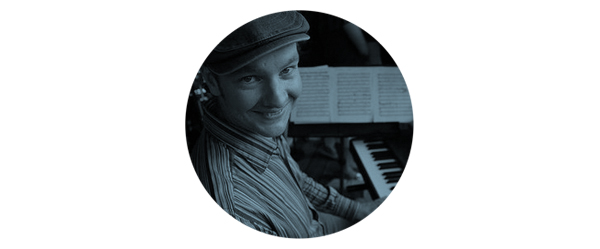
What are the biggest differences (or similarities) between Sweden and the U.S. when it comes to music? (This can touch on cultural tastes, industry professionals, education programs—anything is fair game.) What can we learn from each other?
The Swedish musical scene is heavily influenced by American music. There are few clubs that do music that is not based on Rock, Pop, American Folk, etc. And I think Swedish people generally are more shy about their own achievements compared to Americans. You are not supposed to say anything good about yourself. Having learned that as a Swede, it is inspiring for me to visit the U.S. and see that it is perfectly fine to talk about how great your music is.
What about your research most surprised you?
How evident the impact of music is in our bodies, and feelings, and minds.
Music is not just a light entertainment thing—it affects us deeply—even down to the core of our heart and veins.
You’ve done a lot of interviews during your career in music. What’s a question no one ever asks you that you wish you could get a chance to answer?
How does it feel to play, and what is really your intention with your music?

Roma Duncan and Douglas Wright
You’ve both done a lot of traveling during your time as musicians. If you had to choose a place you’ve visited to make home, where would it be and why?
Douglas: I’ve thought about this quite a bit. The first answer that pops into my mind is “somewhere warm.” Having said that, I must admit that every time I leave town for a tour, be it national or international, I’m always really happy to be returning home to Minnesota. I’m not originally from here, but I’ve really fallen in love with the place—even the winter. I wouldn’t mind slightly less of that part, but you gotta take the good with the not quite as good, right? Perhaps, a winter home on Kauai might be kinda nice. One can dream.
Roma: It’s true that I’ve performed in many cities and countries. It’s been a wonderful part of my career, and I’m grateful for the travel, cultural, and musical experiences that I’ve had. While all those experiences are part of me and my playing now, the home I choose is the Twin Cities. We have so much art and culture right here, with incredible artists and institutions in many genres. My musical home is the Minnesota Orchestra, and after almost thirteen years as a member, I’m still (and more) excited to be a part of it. Connecting with our vibrant home audiences, touring fascinating places like Cuba, and recording great classical works with my colleagues: All of these are reasons that I wouldn’t choose to be anywhere else.
How has the music scene changed as you’ve grown or moved from place to place? How have you embraced those changes?
I’d say our audience is changing, and how they access our music is constantly changing.
Douglas: I’d say our audience is changing, and how they access our music is constantly changing. I see more and more young people coming to our concerts. This may be partly due to a number of initiatives started by the Orchestra geared at reaching out to them, inviting and welcoming them into our space. Just last night, there were a lot of students from the University of Minnesota at our concert, decked out in their maroon and gold, as part of a U of M spirit night. Another way we’ve reached out to younger crowds is through concerts outside the Hall. My brass quintet has played in a couple of brew houses in town, most recently this summer at a brewer’s block party where we received a screaming ovation after playing for some 15,000 people!
Our marketing department accompanied us, giving big discounts on tickets to first-time visitors to Orchestra Hall, inviting them to check out more of what they just heard. I’ve talked to a number of folks who saw us in their favorite brew pub and followed that up with a trip to Orchestra Hall. They all have been really thrilled with coming to Orchestra Hall for a concert and even better, have said that they’d be returning. More and more smaller groups of musicians within the orchestra are going to be going out and doing this type of outreach. There are also other “multi-platform initiatives,” as they say, in the works for the electronically-savvy, geared at speaking to a new audience, letting them know what is going on with the Orchestra so they can come and check us out. It’s all really exciting! It’s like Orchestra 2.0.
Roma: The biggest change I’ve noticed in recent years is the conscious effort performers, myself included, are making to connect with audiences on a more personal level. Part of the beauty of classical music is that the art itself is timeless. Mozart’s music is as perfect now as the day he wrote it, Ravel’s music has lost none of its charm and elegance in the last hundred years or so. People can relate as deeply and personally now as they could when these works were new. What has changed most is the way we engage and interact with our audience, how we communicate with them when we aren’t playing. The way we invite people to enjoy this art has changed, the art itself has not.
What’s a common misconception about your work, or about orchestral or perhaps classical music, that you’d like to debunk once and for all?
The rumors of classical music’s demise are greatly exaggerated. Classical music, especially in Minnesota, is ALIVE and THRIVING!
Douglas: Folks need not be intimidated about coming to see us. Whether you’re a classical music aficionado or a first-time listener, just show up with open ears and an open heart and see what happens. The music, especially a live performance of it, makes you feel and connect in ways that few things can. That’s what keeps people coming back again and again. They’ve been doing it for centuries.
Roma: It’s a myth that classical music is inaccessible. Sure, it’s great to understand history and context, and an intellectual connection with the music can be very rewarding. But this music is expressive on a profounder level; it’s a language that makes sense to anybody who chooses to listen. If you can’t tell Bach from Bartok, you’re no less equipped to feel the joy of a Bach cantata, or to get chills from the eerie slow movement of Bartok’s Concerto for Orchestra. The best of classical music is sincere and powerful emotion. It’s one of our jobs as artists to invite new audiences in. Hopefully, they join us with open ears and open hearts. Then the music speaks for itself.
Adam Davis-McGee
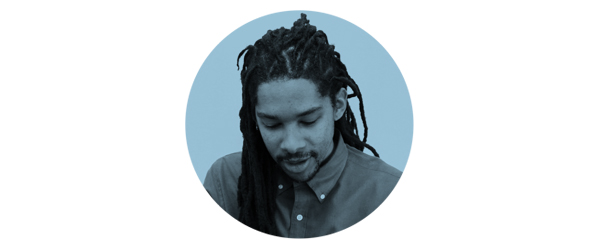
You work across several creative disciplines. Are there any pitfalls to being a renaissance man or, in your words, creative safarist?
There are pitfalls because part of being a renaissance man or creative safarist is the amount of experiences that you want to participate in or help create. Stretching yourself too thin might be the simplest way of putting it. The pitfall to me is not giving yourself enough time or not prioritizing for your own personal works. It’s about life and balance. I believe balance is the key to life. When you are participating in a lot of projects or are involved with a lot of different things, it’s really important to balance for your own health and your own well-being, because it can take a toll on you. It’s important to let out your own creations and desires. So that’s what I would say, one of the pitfalls is holding on to projects or ideas or next steps and goals versus getting them out in a timely fashion. It’s a double-edged sword, because you’re also helping other people too. There’s this other side of the coin where it’s great to give and it’s great to serve and offer your resources, and you’ll see other people in a state of joy and happiness, but it’s also important for you to invest in yourself.
Where does the music industry need to change to foster better inclusivity?
The music industry just needs to let people be. I think we’ve seen the music industry undergo a redesign early which is really dope. I think it was great that we’re solving the age of digital language.
Like we threw a big ass sucker punch and a dropkick through our music industry first and now we’re seeing the ripple effects in education, in government, and a lot of different platforms, and you’ve either got to get on board or you’re gonna get left behind.
What is next for you? What projects are you working on or do you want to work on in the future?
I’m gonna be actually working from Atlanta starting in November, I’m gonna be going back and forth between Minnesota and it’s a kickass nonprofit called re:imagine/ATL and I’m going there to take a creative director position that connects young people with media professionals across the landscape such as animation, music videos, videography and directing skills, and creating PSAs. We’re working with different organizations like Coke and Arby’s and different people who are supporting and funding the work so the kids can create different content. I’ll eventually be releasing my first VP which is what I’m calling it, a visual play. It’ll be a visual with some audio. I just got selected for this Made Here grant. We’ll have an installation for Made Here in downtown Minneapolis on 8th and Hennepin, so that’s gonna be cool. As of right now, it doesn’t have a name but the theme for Made Here is reflection, so we’ll be doing a couple of fun things with it. One of the main things will be a typography/social media/participatory installation. I’m also shooting a short film with some homies that’s completely shot on the North Side and I’m really excited about that. The film is called Jay Henry and that’s all I can really share, but the film is gonna be really moving and a vibrant piece of work. That, for the most part, is what we have going on.

Maria Genne
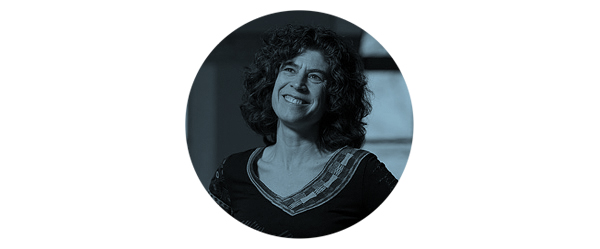
Dance isn’t the musical activity of choice for the shy and self-conscious, so how do you go about getting them to loosen up?
I think the most important thing I do is bring in music that I know is irresistible to move to. And it certainly depends on who is in the room. It really is our natural way. To move. We’re movers and there get to be limitations set on that natural kind of ability and that interest. Again, we move and we have rhythm in our bodies, not just in our heartbeat and the blood coursing through us.
It’s a rare person whom I’ve ever met that if I’m playing music that they love, they don’t tap their toe or become brightened up or engaged. I think that the most important thing, just knowing that beneath all those layers of resistance or stories that got in the way—whether it’s about being a good dancer, bad dancer, girl, boy, etc.—humans have always danced. It’s an expression of who we are.
“To me, it’s an expression of our soul, or my soul, or my spirit, or however you define that undefinable aspect of each person.”
If we were just to take a quick trip around the world, every culture has dancing in it. To me, it’s just going back to the core of what we really are.
The great thing about my life is that I’ve been able to dance and I’ve been able to invite other people to dance, whether that’s been parents and babies or sixth grade boys.
How do you introduce wellness through dance to people who aren’t able-bodied?
To me, it’s always invitation. The core of the work I’ve always done is that, first of all, there’s no right or wrong and that you can do this with me but you don’t have to. Within that invitation is also the respect of the person I’m working with. I’m interested in the creative aspect of dance. That’s the base for me, we are imaginative, creative people no matter age and ability. How can I as an artist create an environment that someone will feel safe to try something and try to dance? And the other piece that I think is such an important part of dance is about human interaction and connection. Often when you’re dancing, you’re dancing with another person or a group of people.
“Funny thing – it turns out – as humans, we need each other. When we can be with each other in creative and imaginative ways, I think then it’s freeing and also nourishing.”
There’s a word that I’m really liking and that’s “well-being.” As we look at our culture, we’re trying to make everyone healthy and, well, that’s different for different people. It depends on their age, cultural background, where they were born, etc. I can’t make them perfect or pain free or ageless but I can, hopefully, support their sense of well-being. I love that word because it’s so big. It means there are so many ways that we can be part of our community, our neighborhood, our friends, our families, and I think dance is such a great way to flourish.
Who do you draw influence from? What creators and why?
Ida Arbeit. She passed away at a 101 years of age. I danced with her for a couple of years before. She used to dance at the WPA modern dance company in the ’30s in New York. That life force that she had was totally tied to her ability to express herself through dance. It gave me this bigger view into how when you get old, you don’t have to stop dancing. It blew all of us away and our hearts opened. Another person who’s around right now is another senior, Irv Williams, who sometimes plays saxophone at the studio. With Irv, again, it’s that lesson that
creativity and artistry are ageless
and his dedication to his art. Another person is my mom. She was not a dancer but she focused on social justice. And she, as a young woman, worked for the NAACP in New York City and worked with Roy Wilkins and so on, you know, early crusaders. She found a way to get people to listen to her ideas without threatening them, which is what I try to do. I think the idea of being an artist, especially a social artist, is asking: How do I make my work both welcoming and accessible to all different abilities, ages, and backgrounds.
Watch for upcoming ASI events.
